InTramCities with Gordon Stewart
Nordhausen (Germany) : 22nd February, 2005 : Photos by Phil Barnes
With
a population of only 42,000 this small city in Thuringia is perhaps an
unusual place to find a tramway and its continued existence was a
matter of great debate in the early 1990s following German
reunification. Its two line network, both commencing at the main
station and serving areas to the north, had remained remarkably stable
following its restoration after heavy bombing of the city shortly
before the end of the Second World War. The early 1980s saw two short
extensions added to the network - to Parkallee and to what is now the
South Harz Clinic - but with minimal population growth and none of the
new housing block estates typical of the German Democratic Republic of
the time, the system's survival had never been entirely secure.
With
the decision made to retain the tramway and in common with many of the
tramways in the newly-added federal states, investment was pumped in to
modernising the alignmnents and replacing outdated rolling stock. A new
eastwards extension off the Clinic route added 1.8 km of track, an
almost 50% increase in the length of the tramway
system. New trams were not immediately affordable, so redundant
Esslingen-built GT4 trams were acquired from Stuttgart
and Freiburg. These provided a significant improvement to service
quality pending the purchase of
seven short versions of Siemens' Combino design low-floor trams between
2000 and 2002.
An additional three Combinos were
introduced in 2004 and these were highly innovative. To improve local
connectivity a plan had been formulated to link the city's tram network
with the local railway the Harzer Schmalspurbahn (HSB) which also
operated with metre-gauge track but was not electrified. Not justifying
the cost of electrification, it was decided to run a tram in
trials over part of the route with an auxiliary diesel engine to
generate electric power. Three new Combinos were purchased with an
auxiliary diesel engine to run services through the city from the South
Harz Clinic to the railway station and on to Ilfeld (Neanderklinik) via
the primarily single track of the HSB with a distinctly inter-urban
feel. The line was operated jointly by the city tramway with
their Combino "Duo" trams and the HSB with diesel stock which was then
given approval to run the short distance over street track from its own
terminus station to Nordhausen's Bahnhofsplatz on the tramway in front
of the main-line station.
This new and uniquely innovative
version of the increasingly popular "tram-train" concept, normally
associated with standard gauge trams running on electrified standard
gauge main line rail routes, was still in its infancy when Phil Barnes
visited in 2005.

Above
: Bahnhof Ilfeld with new Combino and diesel car 187 019-5 of the
HSB. The HSB was established in 1993 when a number of local lines
through the Harz mountains were taken over by a consortium of local
authorities They had previously been operated by the Deutsche
Reichsbahn, the state operator in the then recently-defunct German
Democratic Republic. In total the network is 140 km with 44 stations
and links Nordhausen with Wernigerode and Quedlinburg. The HSB is
characterised by regular steam-hauled services on all routes but many
services are handled by diesels and 187019 was one of four railcars
built in 1999.
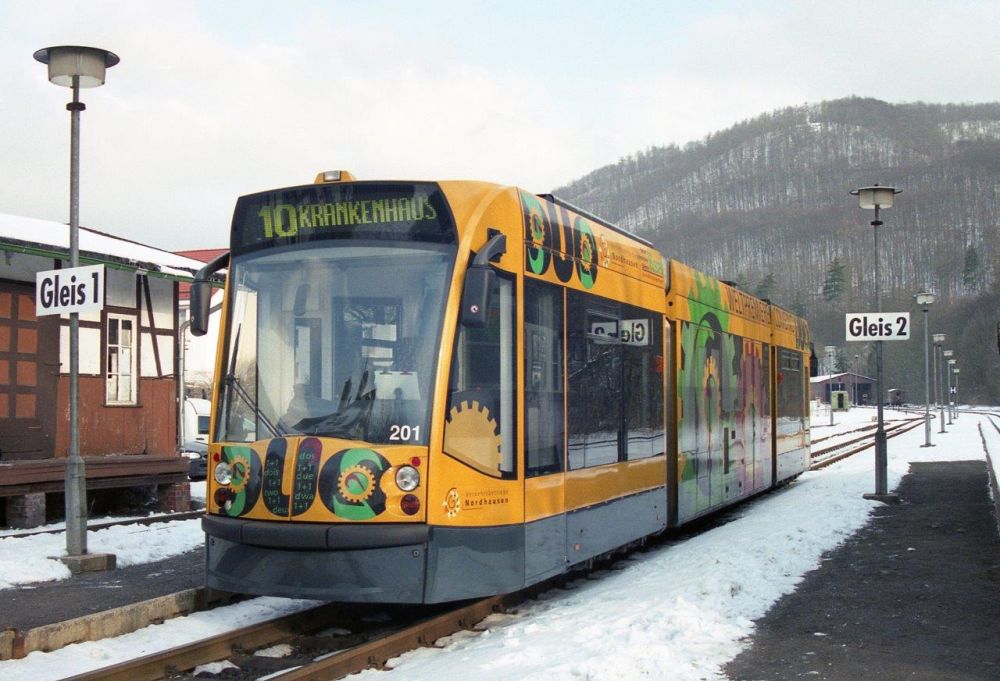
Above : Bahnhof Ilfeld with new Combino 201

Above : 201 on HSB track en route to Nordhausen at Nordhausen-Hesseroder Strasse
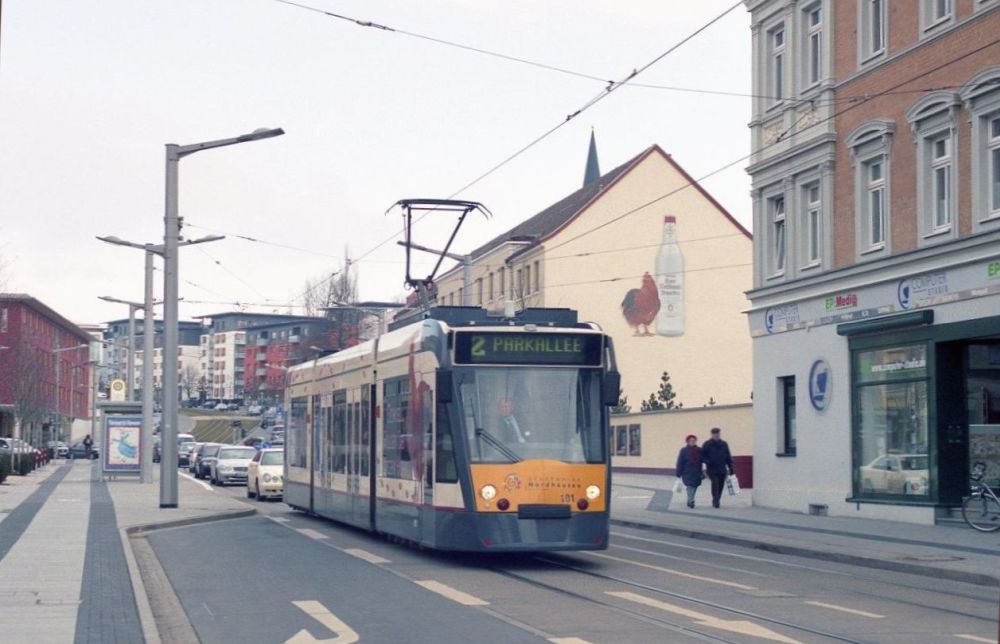
Above : Bahnhofstrasse, viewed towards Rautenstrasse

Above : Rautenstrasse - view towards Bahnhofsplatz

Above : Rautenstrasse - view towards Bahnhofsplatz

Above : Rautenstrasse - view towards Kornmarkt
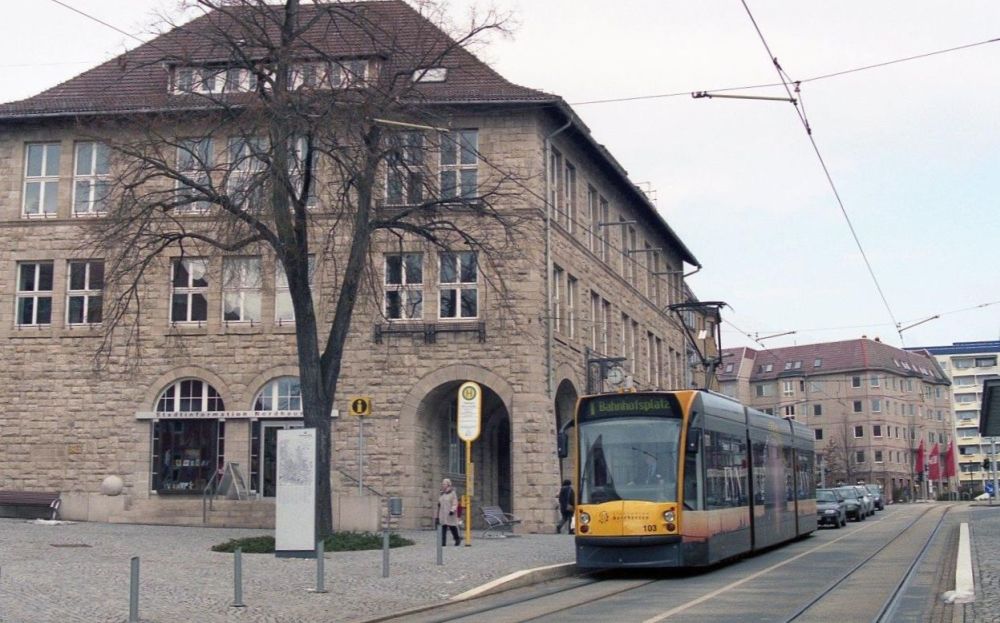
Above : Rautenstrasse - view towards Kornmarkt

Above : Rautenstrasse
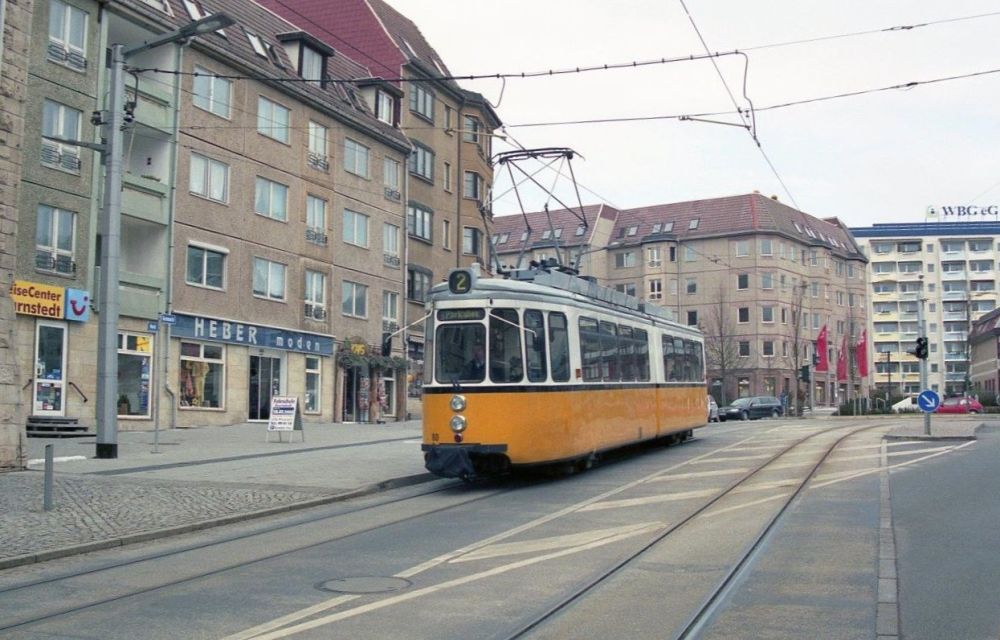
Above
: Rautenstrasse, with ex-Stuttgart GT4 tram 80 heading
towards Bahnhofsplatz. Kornmarkt in the background
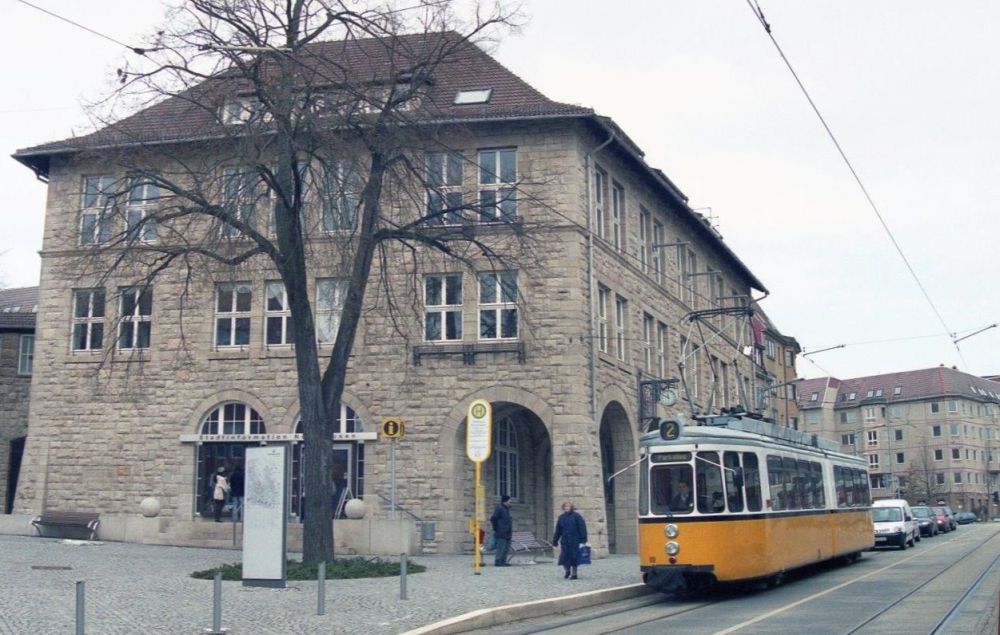
Above : Rautenstrasse, with tram heading towards Bahnhofsplatz. Kornmarkt in the background
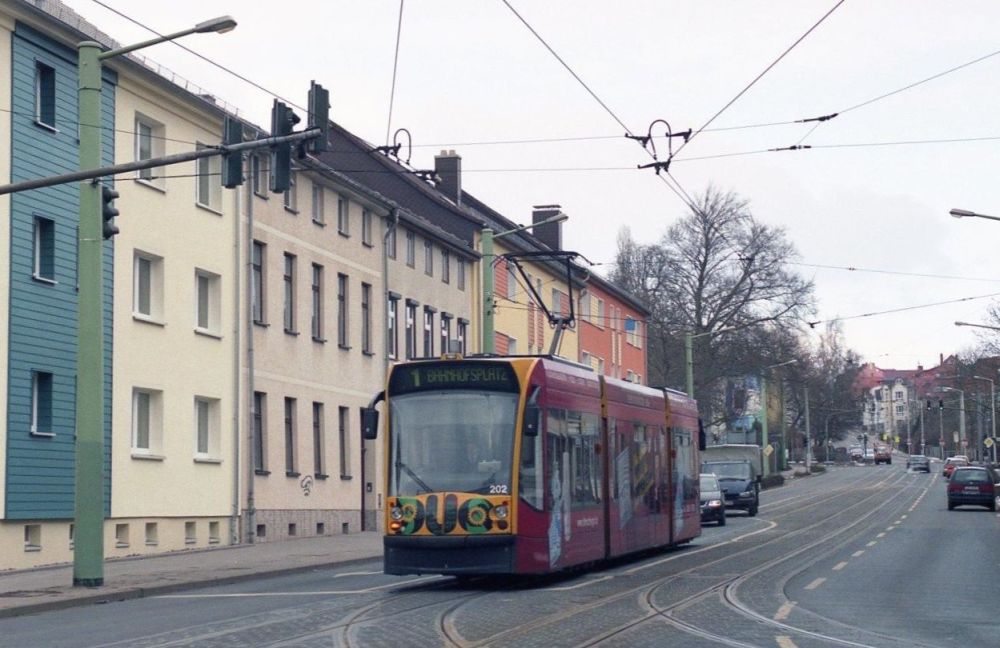
Above : 202 on Stolbergstrasse at Topferstrasse, heading towards Theaterpltz, Kornmarkt and Bahnhofsplatz
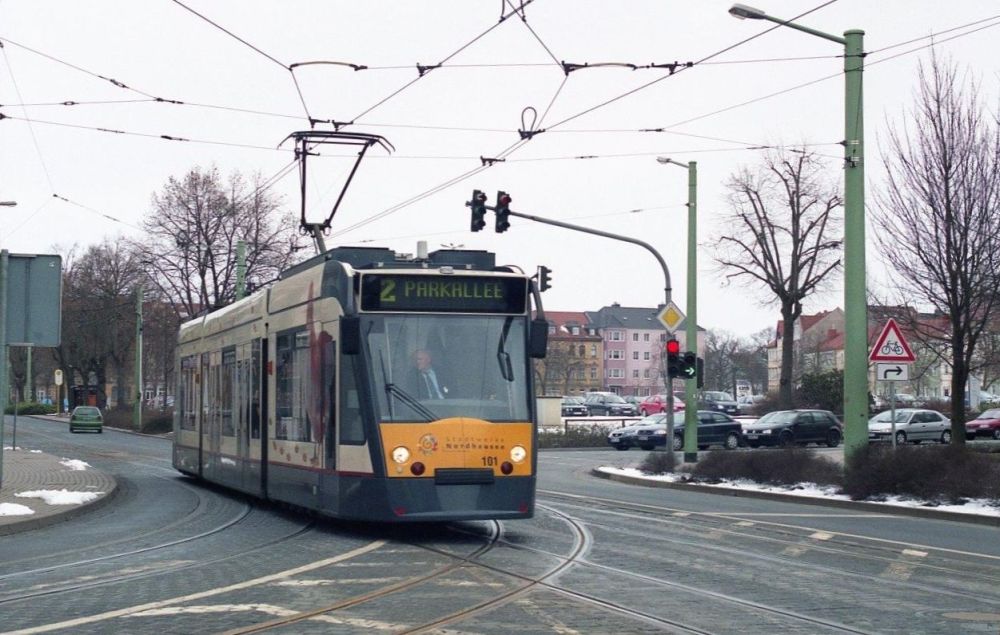
Above : 101 on August-Bebel-Platz at Stolbergstrasse, heading towards Theaterplatz
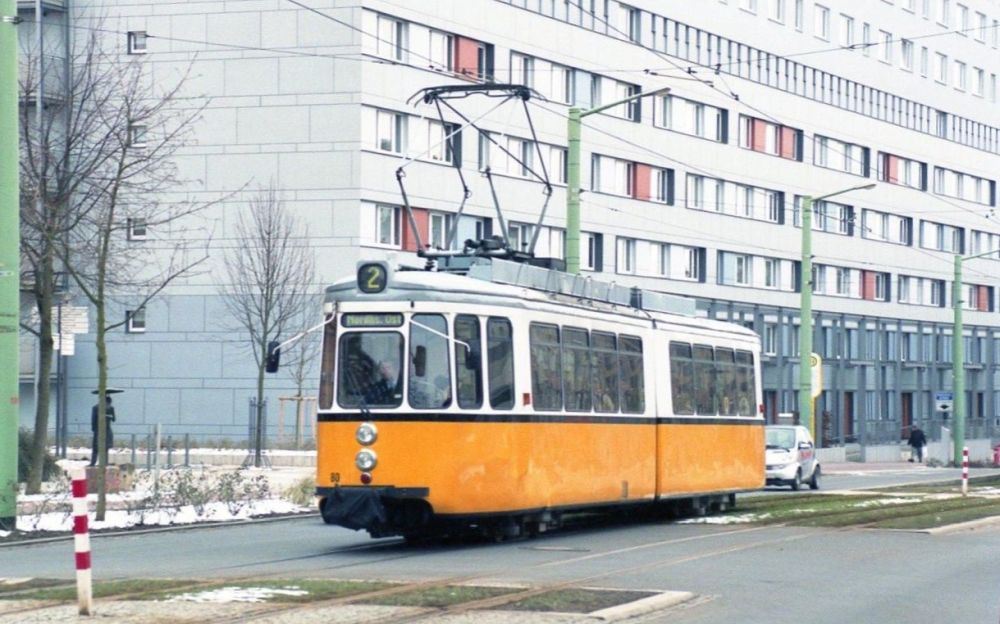
Above : GT4 tram 80 on Topferstrasse, outbound at Theaterplatz
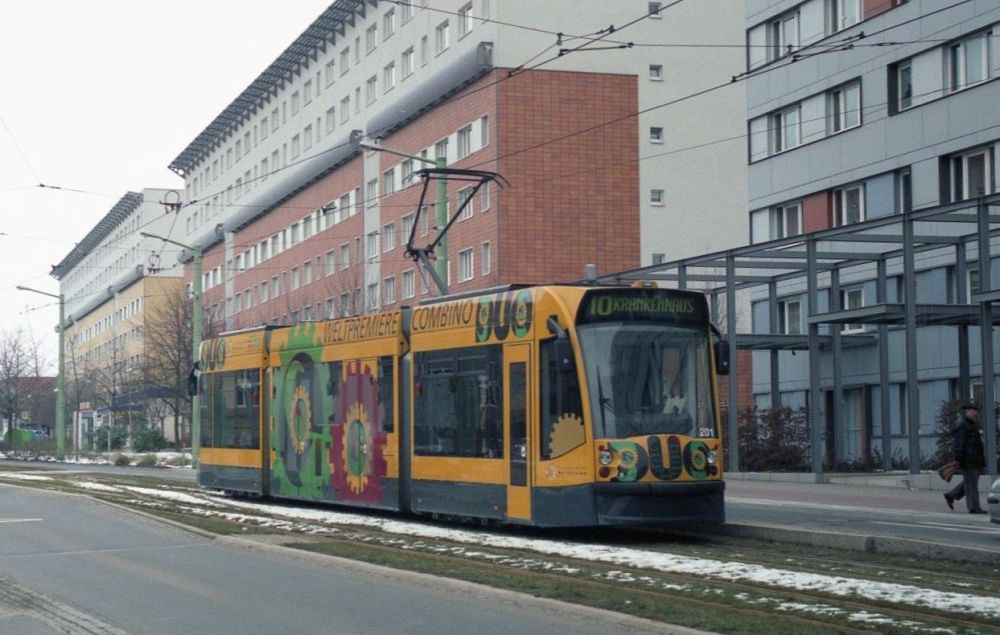
Above
: Topferstrasse. Duo tram 201, outbound at Theaterplatz, will shortly
turn left into Stolbergstrasse en route to Krankenhaus
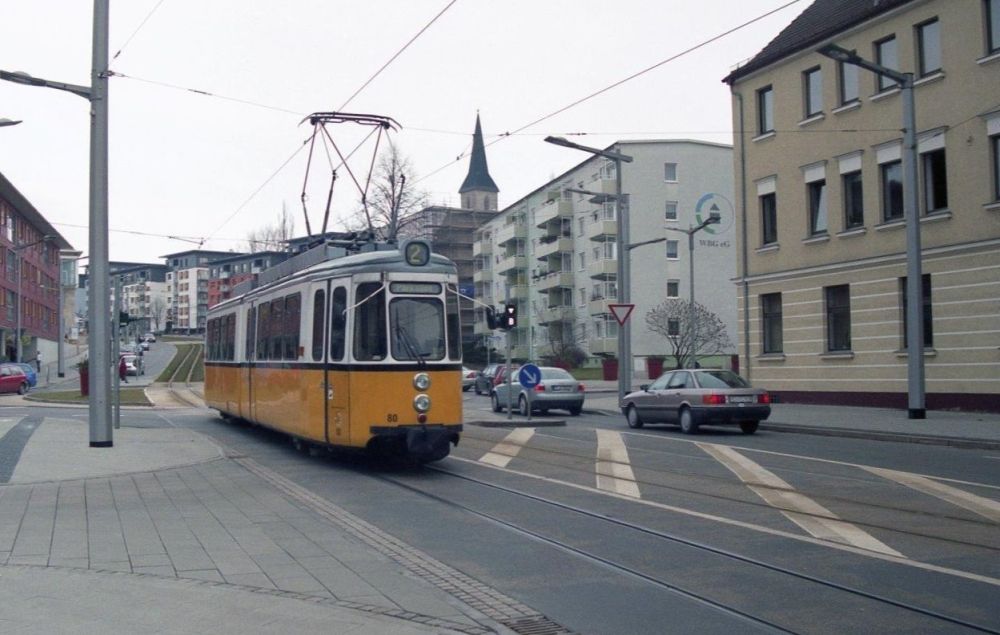
Above : Rautenstrasse : view towards Kornmarkt
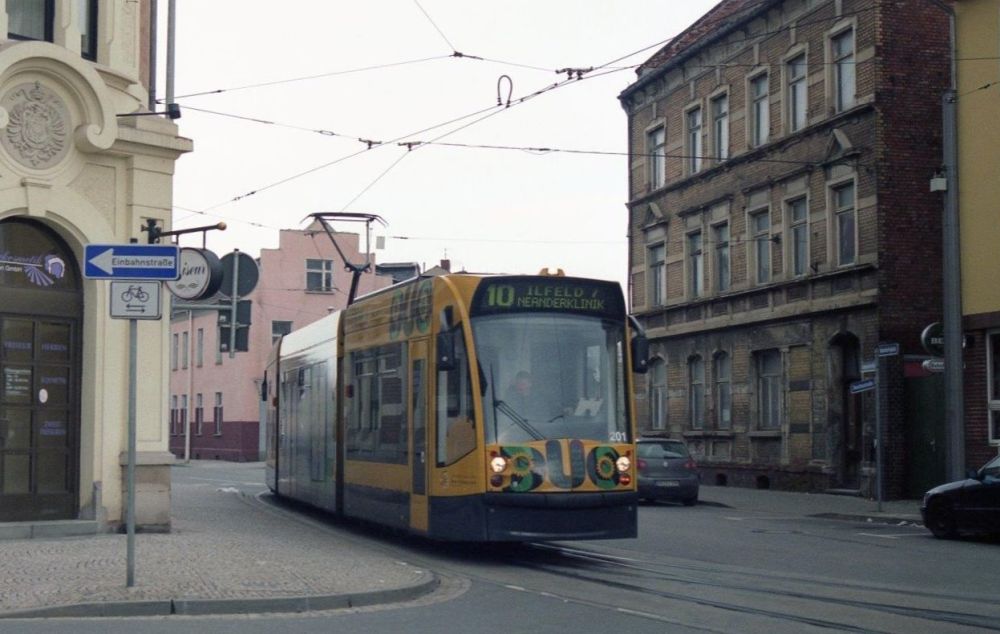
Above : Bahnhofsplatz at Oskar-Cohn-Strasse
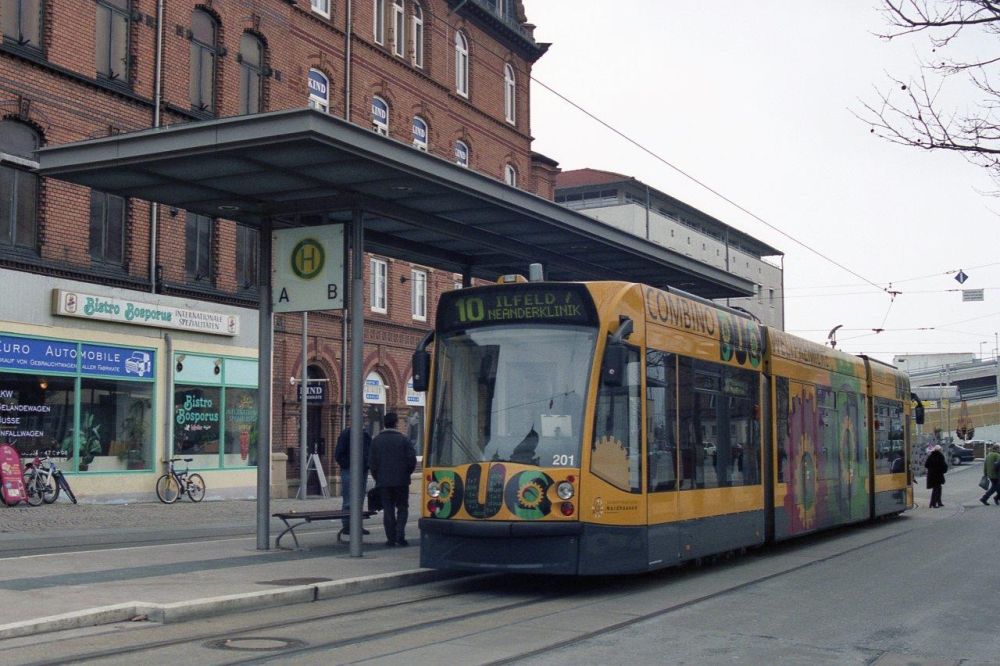
Above
: Combino Duo 201 at Bahnhofsplatz. The tram has to change direction
here to continue to Ilfeld, hence the Duos being specified as
double-ended trams

Above : Bahnhofsplatz.

Above : 201, having left Bahnhofsplatz, runs along the connecting line in Oskar-Cohn-Strasse before joining the HSB alignment

Above : 201 approaches the HSB formation.
Return to Series
List




















